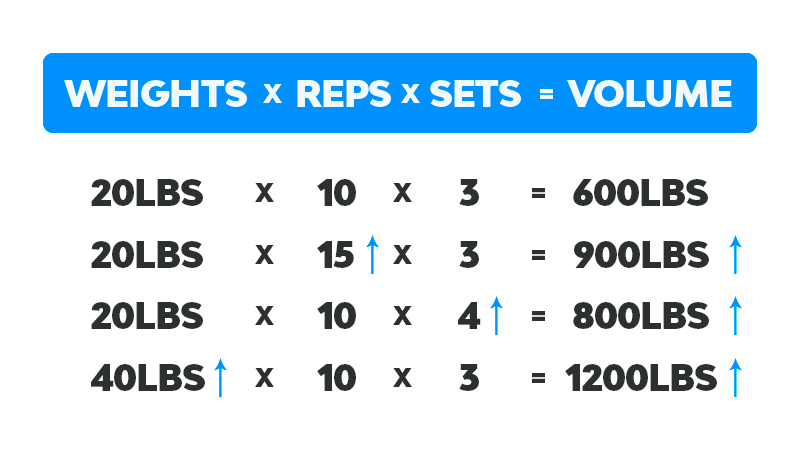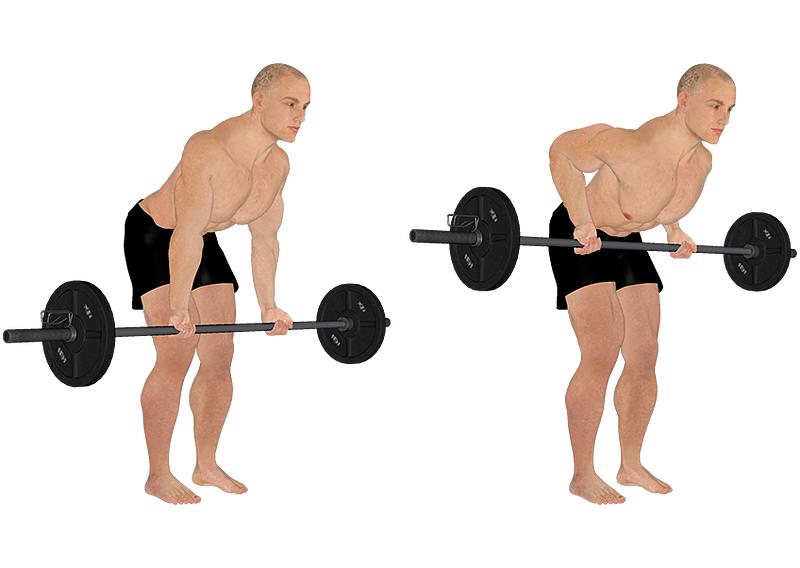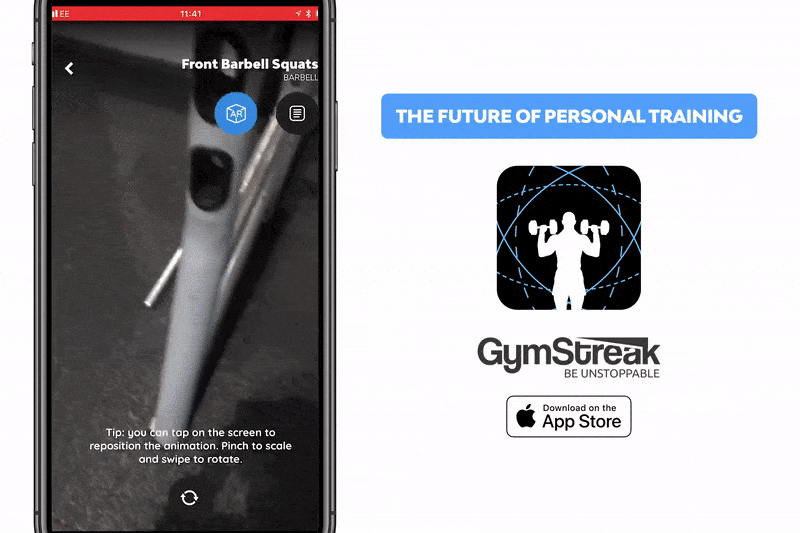How to Build Muscle Faster in the Gym with Progressive Overload & Deloading
While there are no shortcuts, there are two methods you can use to build muscle more effectively: progressive overload and appropriate deloading.

As a gym goer, you understandably want to build a better body with your gym workouts?️♂️
But after the much-talked-about ‘newbie-gains’, gains often come too slow and they never seem to come easy. While there are no shortcuts, magical potions or secrets to building muscle, there are two methods you can use immediately in your next gym workout to build muscle more effectively: progressive overload and appropriate deloading.
Progressive overload
As one of the four Strength and Conditioning fundamental principles alongside specificity, individuality, and variety, progressive overload is essential for anyone seeking to achieve significant, long-term muscle growth.
Why, you ask? Well, it’s because your muscles adapt by growing bigger and stronger in response to the training stimulus in your gym workouts. If you do not continue making higher demands on your muscles, improvements to your physique stagnate, and you end up looking the same a year later despite hitting the gym frequently. Yikes!
There are two methods through which progressive overload can be achieved in gym workouts: through an increase in volume and an increase in range of motion.
Method 1: Increase volume
One of the primary concerns in gym training for strength and hypertrophy is volume — as volume increases, we get bigger and stronger. But what is it exactly? It’s the total weight lifted in the active gym workout session and is also defined as weight multiplied by reps at that weight and sets at that rep scheme for each weight used during the training session.

By tweaking the three variables present in the volume equation, the volume in each workout can be increased:
- You can choose to lift more weight at the same set and rep scheme as you did the last gym workout.
- You can lift the same weight for more reps per set.
- You can perform more sets per gym workout.
A long-term graph of your gym workout lifting volume should show an upward trend. You must, therefore, track your gym workout volume regularly. But wait — who has time to crunch the numbers in the gym when sweat is pouring down your back, and you’re just trying to stay alive till the end of your set? What is the answer to 375lbs multiplied by 4?
Who cares, right? Well, unfortunately, your muscles do. Before you despair and give up though: GymStreak’s clean and easy-to-use interface allows you to log the number of reps and weight used for each set and provides you with a running calculation of volume lifted so far. All that heavy mental lifting: done for you!
For adequate muscle stimulation week-on-week, the AI-powered app calculates the volume you should hit during your subsequent workout based on your feedback of the current session. Really, with the app, all you need to do is work hard and rest well!
Method 2: Increase range of motion

Since progressive overload means the gradual increase of stress placed on the body during exercise training, it makes sense that if you achieve more movement potential of a joint, you’d also be attaining progressive overload. Have I lost you? Okay: the achievement of more movement potential of a joint means increasing the distance for which you move a load in any given exercise. If you manage to squat with hips below parallel to your knees, you would have placed your muscles under more significant stress than if you had not hit sufficient depth.
An easy way to achieve progressive overload without any increase in weights used would, therefore, be an improvement in lifting technique. GymStreak’s comprehensive database of exercises and their respective 360 degrees’ animations allows you to examine the correct form from all angles. The app also comes with detailed exercise instructions, tips, and breathing information for the more nuanced aspect of lifting knowledge.
Did I mention that GymStreak supports Augmented Reality?
The app layers the animation on top of your surroundings through AR, and you can zoom and change your perspective of it as necessary. Neat — you never need to worry about performing an exercise wrong again!

Deloading
What is a deload week? Well, it is what it sounds like: a week to deload, relax, unwind and give your body time to recover from all the soreness. They are also known as planned breaks. Deloads can help prevent injuries from overtraining by giving your joints, tendons, and ligaments a breather from heavy or high volume training that it couldn’t otherwise get from your planned rest days during your program.

In addition to being beneficial from a physical standpoint, the deload is also immensely useful for a lifter’s mental health. Many gym-goers fail to realize just how strenuous weight training can be on the central nervous system.
Not sure when you should deload to ensure you keep progressing at the gym?
Not to worry — GymStreak has built-in automatic workout periodization for every single generated workout plan in GymStreak. The app automatically calculates the number of weeks you’ll need to go hard for before cutting down on your volume for a week, allowing you to catch a breather.
Deathly afraid of doing the same exercises for your workouts?
You’ll be pleased to hear that the app intelligently generates new exercises targeting the same muscle groups into your training plan after the deload. All you need to do is follow the individualized plan for more significant muscle and strength gains. Easy, right?
There you have it — the two essential methods you can include in your muscle-building arsenal. GymStreak applies all the strategies intelligently and automatically through its AI capabilities.
Want to ensure that you’re continuously making progress and building muscle in the most efficient way possible? Get the app, key in your stats and training goal to receive your very own personalized workout plan now!
References:
Bruton, A. (2002). Muscle Plasticity: Response to training and detraining. Physiotherapy, 88(7), 398–408. https://doi.org/10.1016/S0031-9406(05)61265-5
Peterson, M. D., Pistilli, E., Haff, G. G., Hoffman, E. P., & Gordon, P. M. (2011). Progression of volume load and muscular adaptation during resistance exercise. European Journal of Applied Physiology, 111(6), 1063–1071. https://doi.org/10.1007/s00421-010-1735-9
Pinto, R. S., Gomes, N., Radaelli, R., Botton, C. E., Brown, L. E., & Bottaro, M. (2012). Effect of Range of Motion on Muscle Strength and Thickness. The Journal of Strength & Conditioning Research, 26(8), 2140. https://doi.org/10.1519/JSC.0b013e31823a3b15
